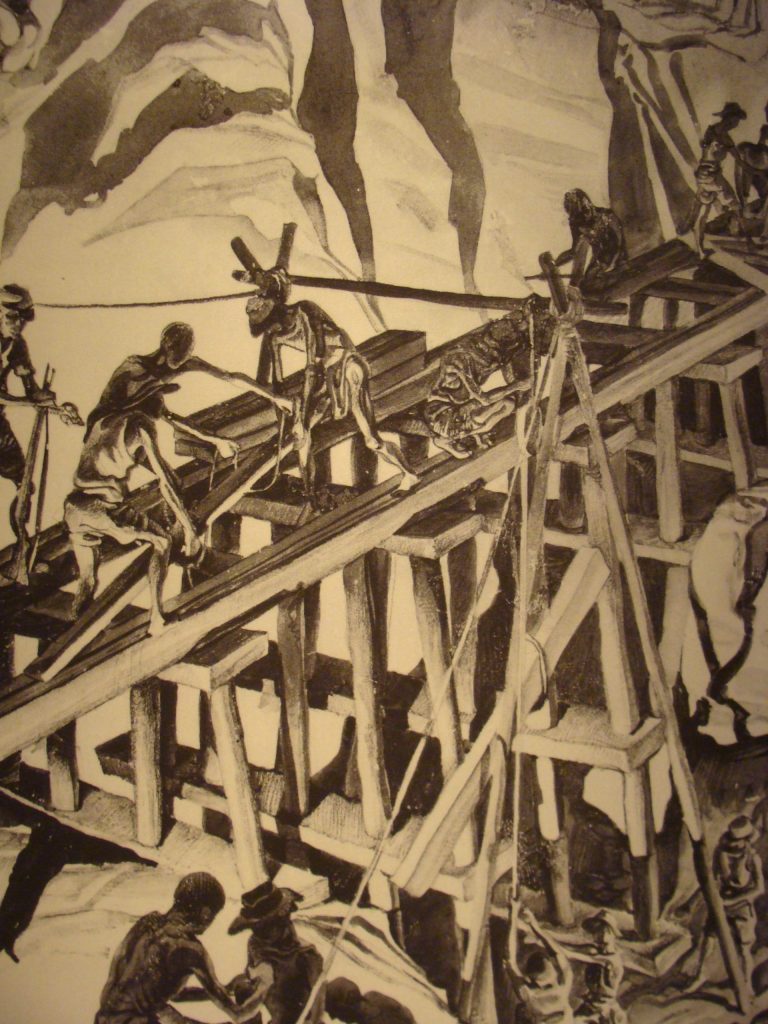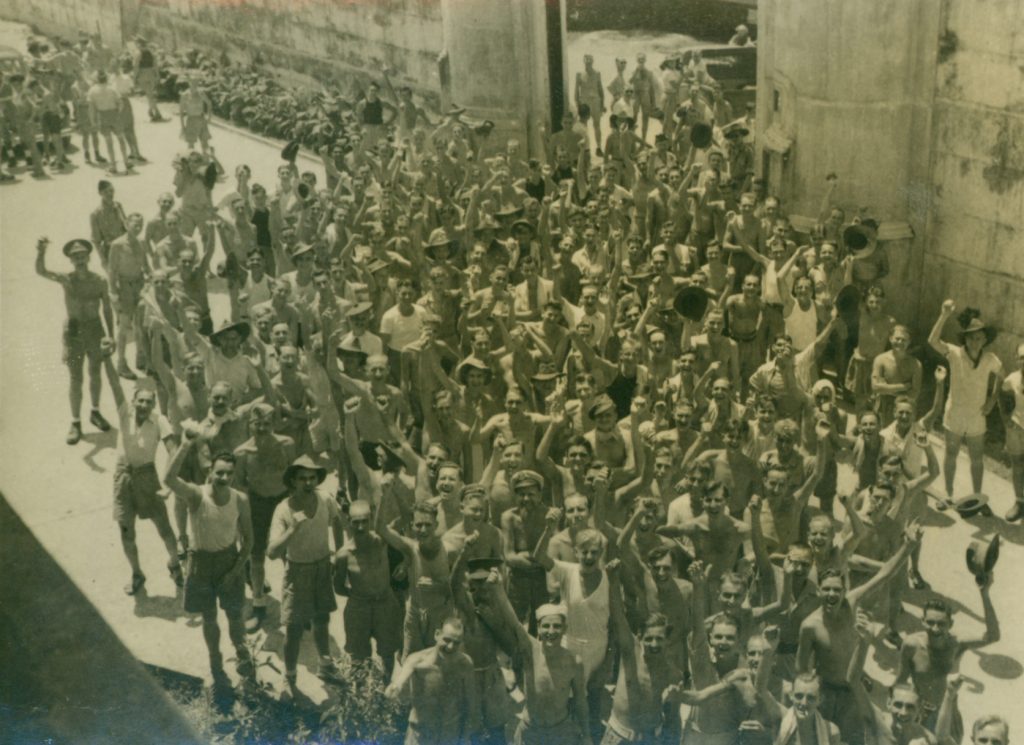Lest we forget
15th August 2025
The unluckiest division: Churchill inspects men of the 18th East Anglian Division at Holt during the summer of 1940. Two years later most of them would be prisoners of the Japanese, their war reduced to a grim battle for survival.
As we mark its 80th anniversary this summer, Norwich-based military historian Steve Snelling explains the significance of VJ Day in the region
VJ Day, August 15, holds special significance for many families in Norfolk and across the whole of East Anglia. It represents not just the Second World War’s final triumph, but, as far as many families in this region are concerned, the end of the conflict’s worst tragedy.
The fall of Singapore in February 1942 was not just a national humiliation, a catastrophic defeat for the British Army almost without parallel, but also a disaster with appalling consequences for the people of Eastern England.
Almost every person in the region was impacted in some way as they were either related to, were friends with, worked with or knew somebody who was caught up in the awful events thousands of miles away.
Among the thousands of British, Australian and Indian troops who found themselves in Japanese captivity were around 15,000 men belonging to the 18th (East Anglian) Division.
Comprised of a mixture of territorial army volunteers and conscripts, the 18th Division included three battalions of the Royal Norfolk Regiment and two each of the Suffolk and Cambridgeshire Regiments as well as a number of locally raised units of engineers and medics, and was the only entirely British formation involved in the forlorn defence of Malaya and Singapore.
Trained to fight in the Middle East, they had spent months on coastal defence duties, waiting for an invasion that never came, before being sent overseas in the autumn of 1941.
It was their terrible misfortune to have been at sea when the Japanese bombed Pearl Harbor and triggered the war in the Far East. As the only available reinforcement, they were diverted to Singapore, with one brigade arriving in mid-January 1942 and the remainder over the course of several days from the end of January into the first week of February.
Ill-equipped and ill-prepared for a struggle many considered already lost, they would endure their worst ordeal as prisoners of war.
Where other units waged conventional war on battlefields across the world, they were reduced to an army of slave labourers engaged in a desperate fight for survival. This was most famously seen on the Thai-Burma Railway, where it was said that a man died for every sleeper laid, and also in the wretched mines of Taiwan and the docks and factories of Japan.
Overworked, underfed and denied vital medicines, they fell prey to all manner of infections associated with malnutrition and tropical diseases from malaria to beriberi and cholera.
Thousands succumbed and many more were reduced to living skeletons who would face recurring bouts of sickness and trauma for decades afterwards.

VJ Day marked the deliverance from a living hell but it was not the end of the suffering. Men continued to die in the days and weeks after Japan’s surrender and the consequences of their cruel captivity would stay with them and their families forever.
About Steve Snelling
Steve worked as a journalist at Eastern Counties Newspapers (which became Archant) for many years where he wrote countless features about both world wars and has also penned several books including Norwich – A Shattered City (2012) and Gallipoli: VCs of the First World War (1999).

He explains that his love of military history began as a schoolboy when he devoured war comics and enjoyed watching movies such as The Bridge Over The River Kwai.
Over the years he has interviewed hundreds of veterans and says: ‘I was always interested in the human experience of these conflicts and what people went through. It was incredible to hear their stories firsthand.

‘It is well known that many never talked about their experiences, that they really struggled with on-going health problems and were traumatised, so it was hard for their families.’
Steve adds: ‘Sometimes, when I interviewed a survivor, it was the first time that their families had heard their stories – if a wife listened in to our interview, for example. Many say that the younger ones gave up hope and died, and it was the ‘mate-ship’, the camaraderie that kept them going – that they looked out for each other.
‘But really, just to survive was an achievement. Beatings were commonplace and there has been no comparable experience for any other British servicemen.’
Images supplied by Steve Snelling





